Like many southern European countries, Spain has a long and complicated history involving religious presence in social and political affairs – particularly, a very uniquely home-grown brand of passionate and fiercely devout Catholicism. This, coupled with the general underdevelopment and isolation that reigned over the country well into the 1980’s, led to the birth of many bizarre and almost cultish interpretations of the subject at hand: religious celebrations, which are very much a local affair and are sometimes frowned upon from a distance by the ecclesiastical authorities. As a matter of fact, many of these are closer in spirit and practice to the pagan cults and regional superstitions that the church could never quite kill off. Some of them are rather disturbing, creepy, or at the very least very odd, and in a way they could be seen as nothing more than rituals by which to re-wire the practitioners though a process of reapplying intent and belief in the real world while in an altered or gnostic state of consciousness, much in a similar way to how Chaos Magick operates.
THE PILGRIMAGE OF O CORPIÑO
According to legend, VII century villagers found the uncorrupted body of a hermit that had been a very devout follower of Our Lady of O Corpiño and decided to build a small chapel in his honor. A few centuries later, after the area had been abandoned due to the Moorish invasions, the Virgin herself appeared to a few local boys while taking shelter from the rain in the ruins of the chapel, and started throwing miracles around. The myth grew and grew and the Pilgrimage of O Corpiño has grown to become a massive event that takes over a tiny village for a couple of days a year. Before the image of the Virgin is carried out of the chapel, and in order to receive a very special miracle – whether a cure for their ailments or a better paying job – people fast for days, walk barefoot or on their knees for dozens of miles, make all kinds of offerings to the Virgin…all before joining in a ritual-like state of communal hysteria that surrounds the church itself: people yell gibberish, curses and incantations for the devil Lucifer to leave, writhe and roll on the floor, occasionally engage in acts of violence and self-flagellation, and push and shove each other just to get a chance to lay hands on the image of the Virgin, and clip pictures and money onto her robe. Although now officially banned from the ceremonial rite, up until not too long ago, this would also include the priest himself partaking in pseudo-exorcisms: oil-soaked rags would be shoved down the subject’s throat while local women whipped and cursed him or her. Foaming at the mouth and ultimately an explosion of violent projectile vomiting would be considered proof that Lucifer had left the body.

THE DANCE OF DEATH
Dating from the year 1666, the village of Verges’ Dance of Death is a great example of the Church using theatre to spread its message and ultimately transcending that intention. Part of a procession that is used to symbolize the last days of Christ on Earth, this segment in particular represents the plague epidemic that ravaged Europe during the Middle Ages, and how Christianity was seen as the triumph of life over a death-infested world. Much in the same way, death was part of the atmosphere at the time, to the point where you could breathe, smell, and immerse yourself in it; a gang of skeletons dance and jump amongst the crowd, carrying scythes and banners with messages reminding them of the inevitable passage of time that brings death.

SANTA MARTA DE RIBARTEME AND THE SHROUDS
Actually two different but very similar affairs, these are celebrations of life after near death experiences, a testimony of gratitude from those who have seen death’s ugly eyes and have been spared thanks to divine intervention. Santa Marta de Ribarteme features an hour-long procession during which coffins, each containing a thankful individual that has to play dead in it for the duration, are carried around town, covering the distance from the church to the cemetery and back, while a soundtrack of continuous bell chiming and a repeated mantra of gratitude stems from the crowd, many of them barefoot or on their knees. The pilgrimage of Shrouds in nearby A Pobra do Caramiñal operates on pretty much the same grounds, except in this case, the men, women and children that wish to give thanks must carry a large votive candle and a replica of their own would-be coffin.
THE DRUMS OF CALANDA
Known as ’the breaking of the hour,’ when noon strikes hundreds of drums playing at the same time engulf the whole town of Calanda in a continuous and never-ending drum roll which lasts for two hours, never stopping even when the drummers’ hands bleed and ache. Technically the same as many drum-based magical rituals the world over, those involved claim to have achieved an altered state of consciousness and, indeed, to remain ‘lost’ in the rhythm of the drums for hours after the ceremony is over. Legendary surrealist filmmaker Luis Buñuel was born in Calanda and as such was fascinated and deeply influenced by this ritual, using it as a soundtrack for a few of his films, and an influence which surrealist noise/industrial artist Vagina Dentata Organ payed tribute to on his The Triumph of the Flesh LP, essentially a field recording of the ceremony.


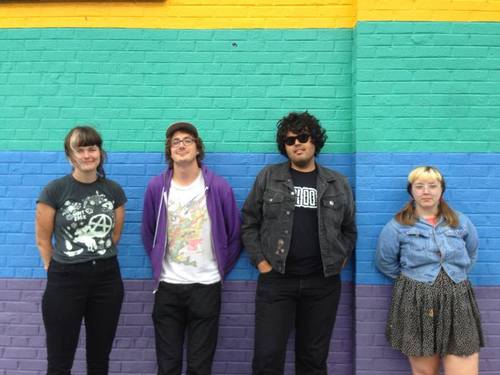
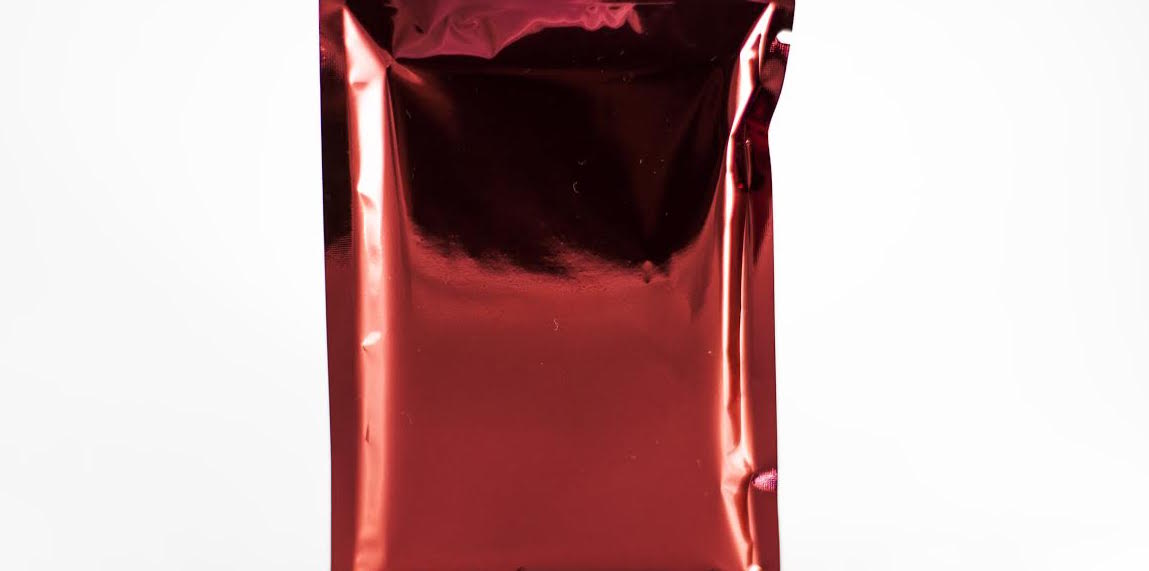
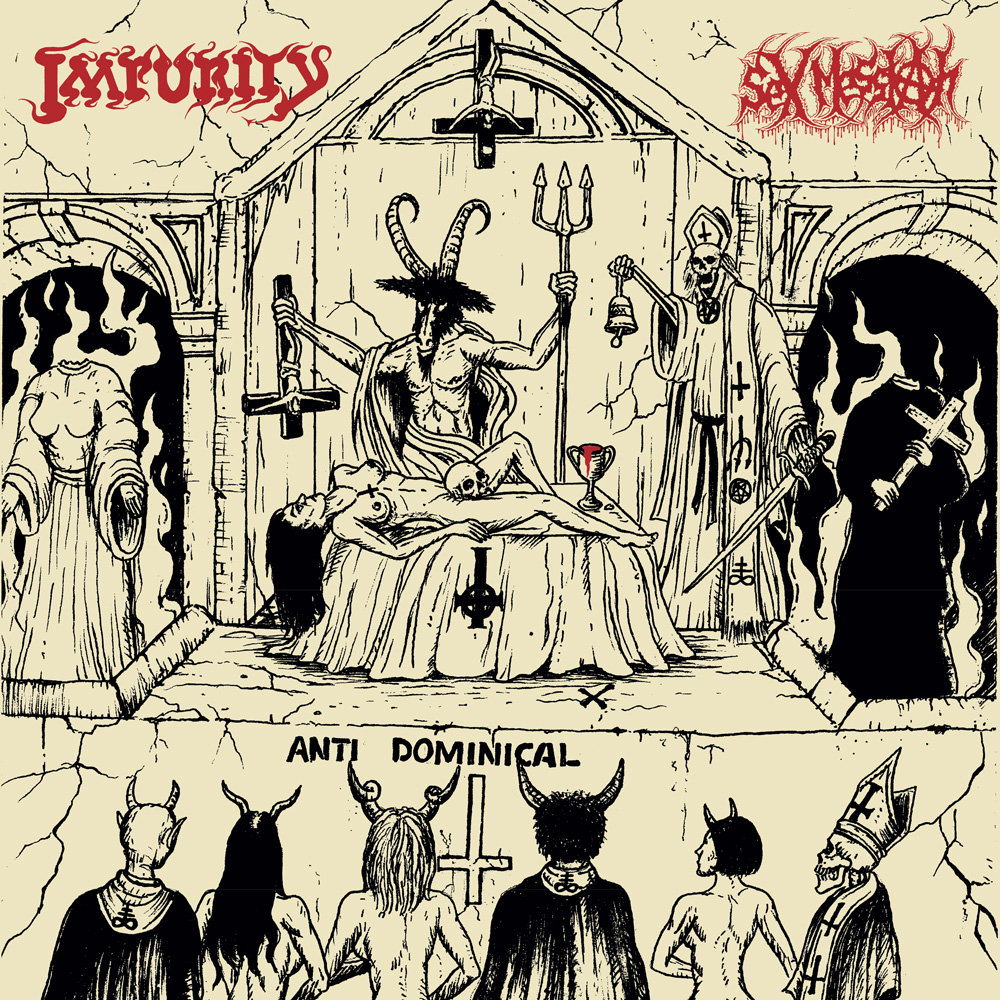

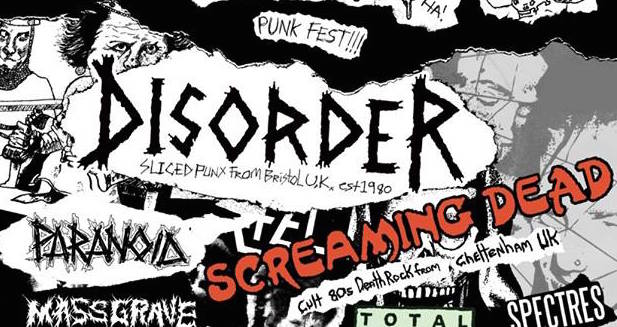

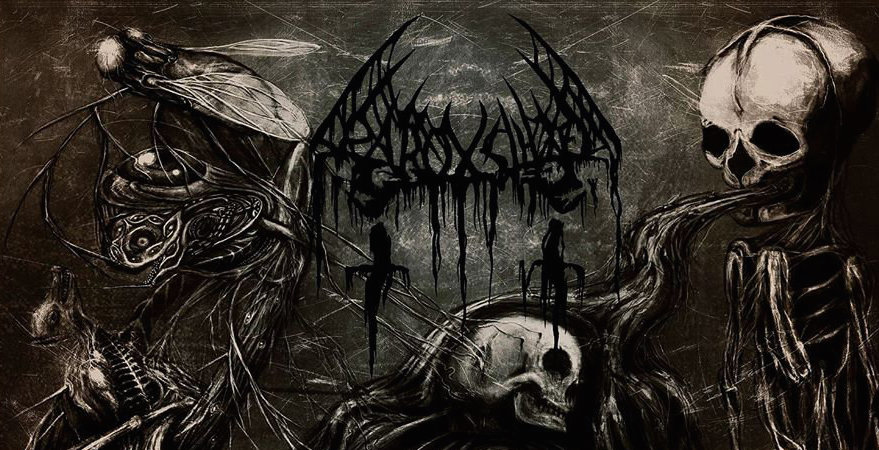
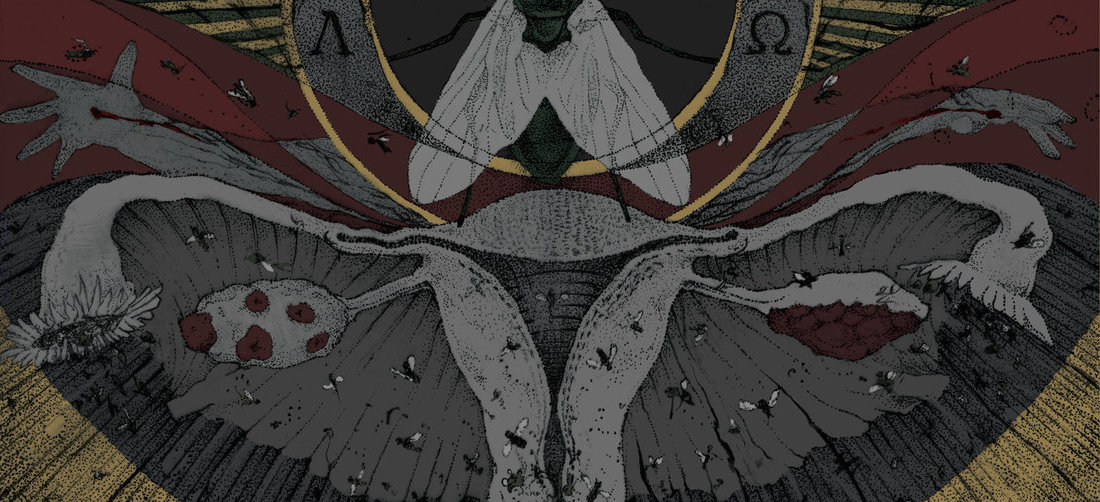
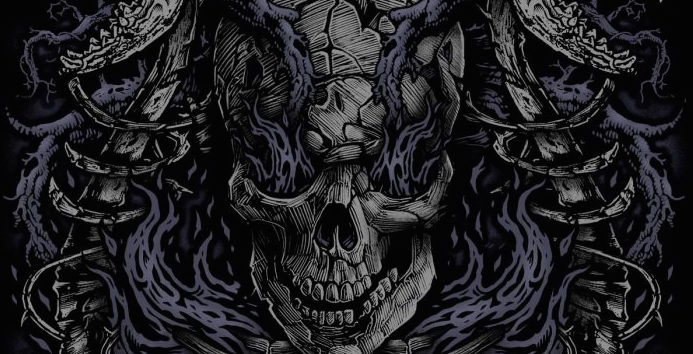
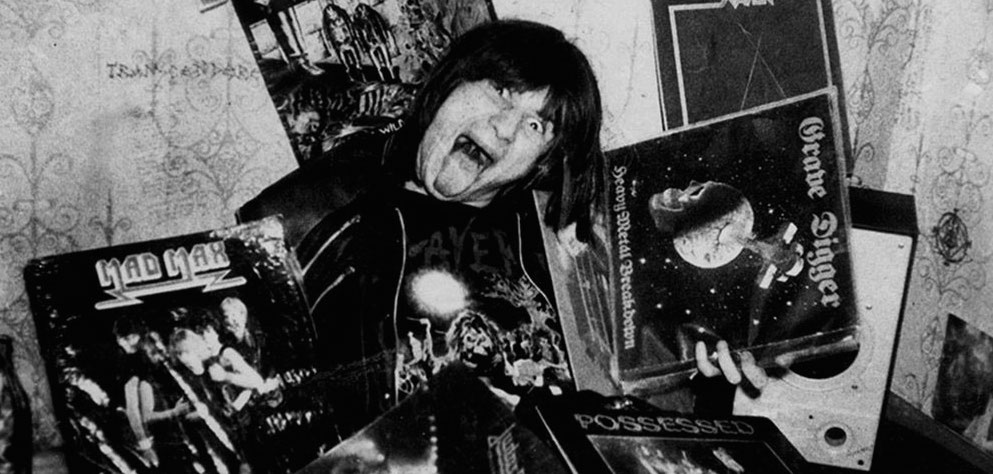
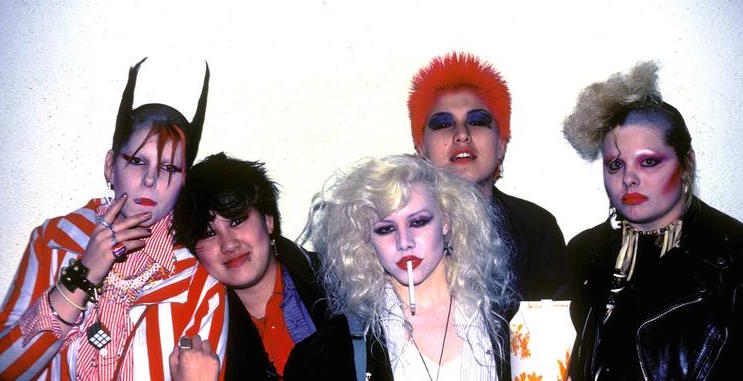
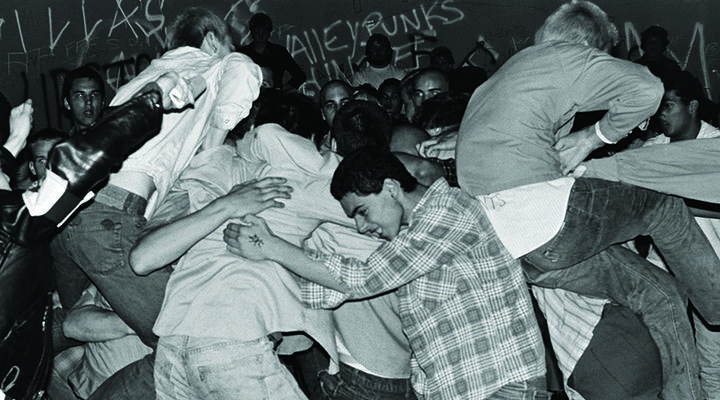


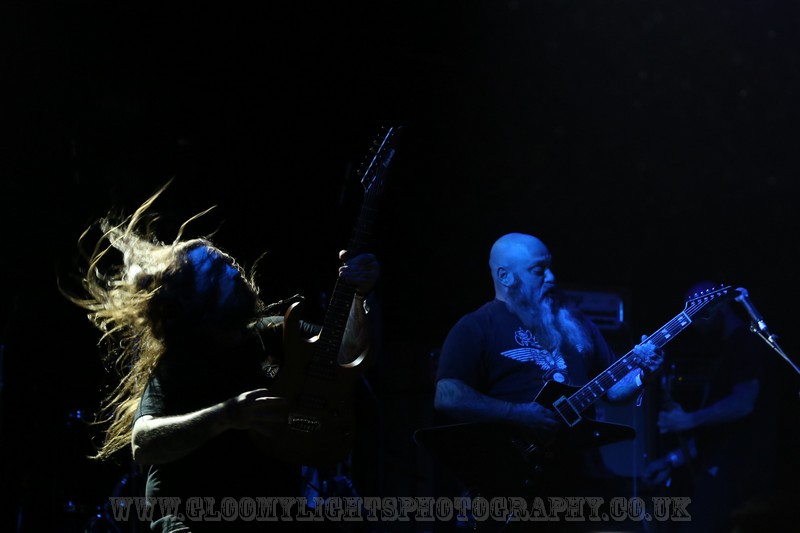


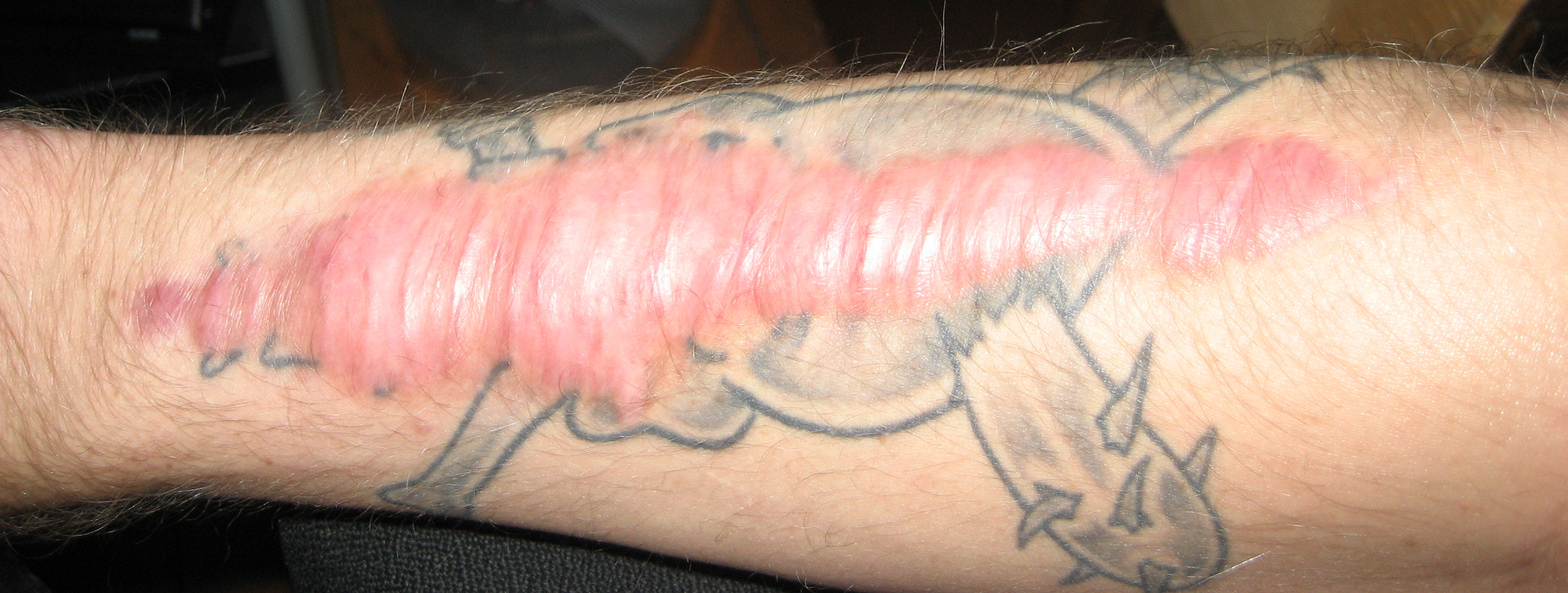
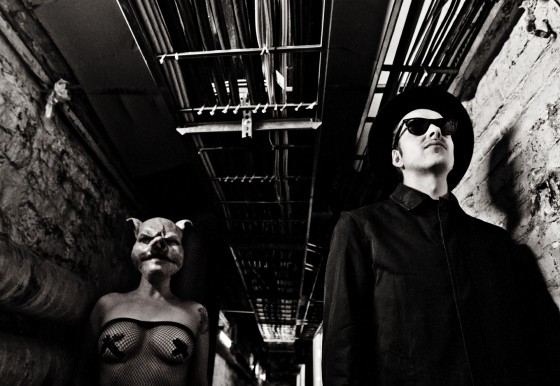
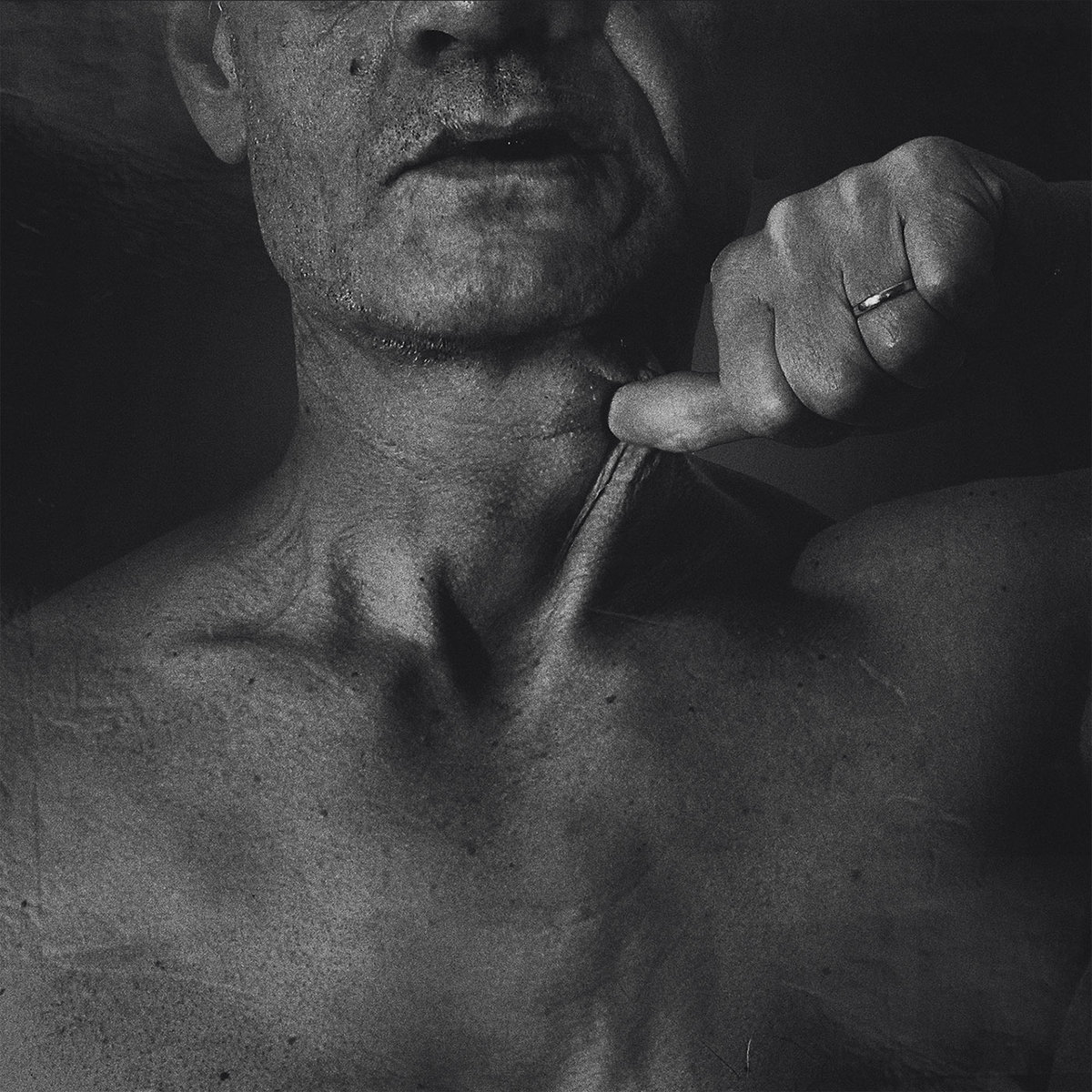
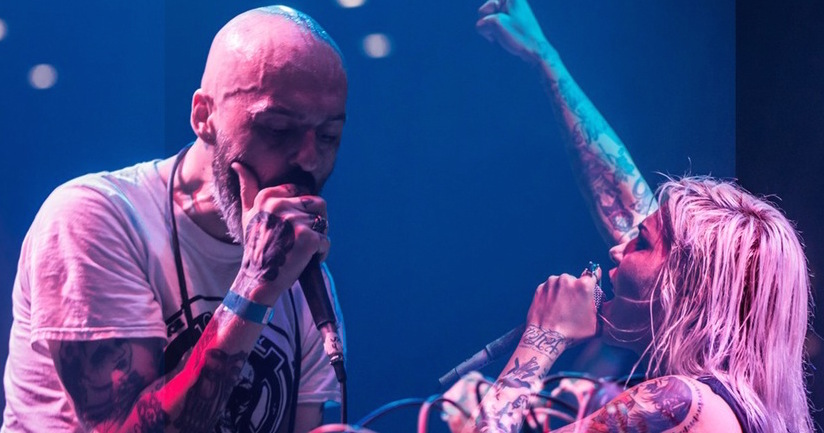
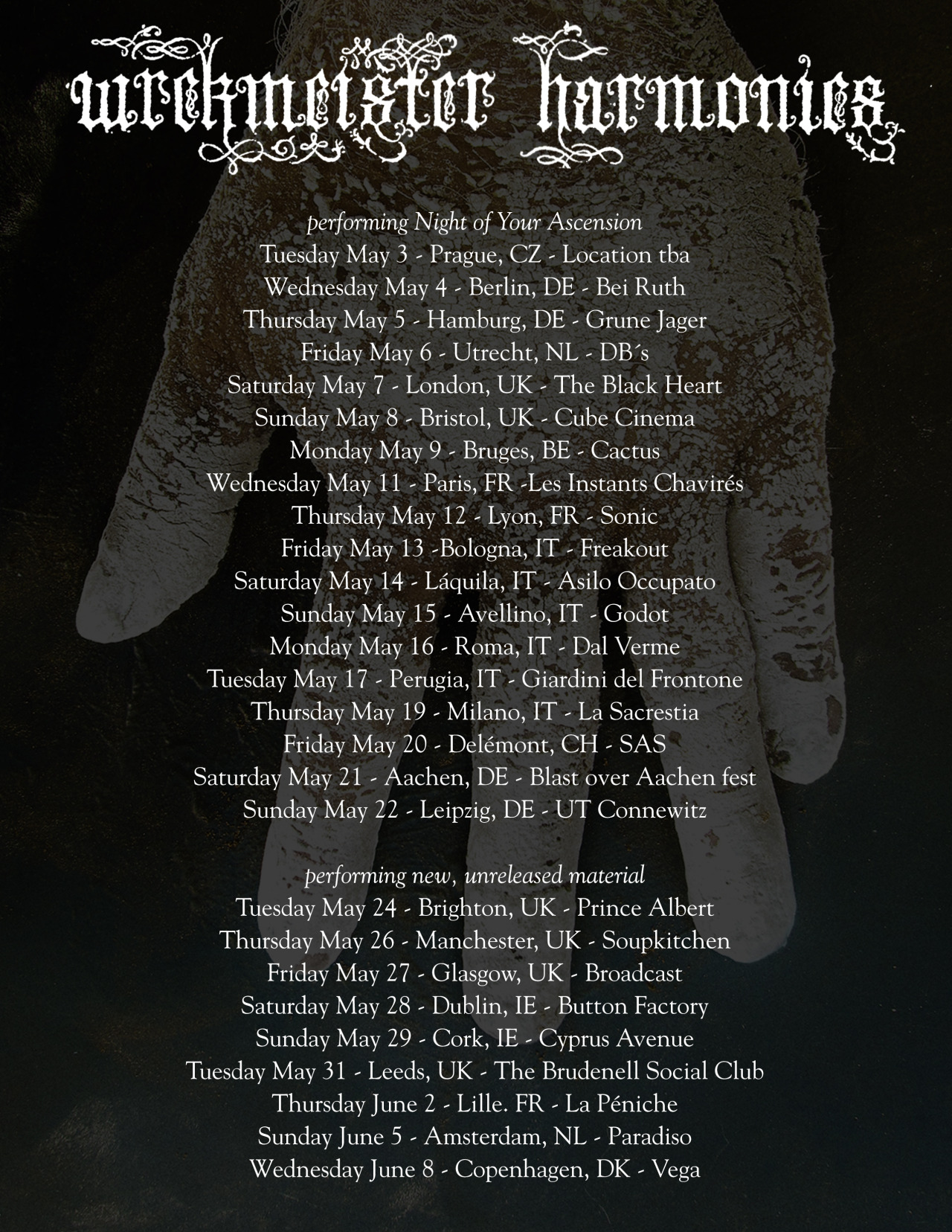
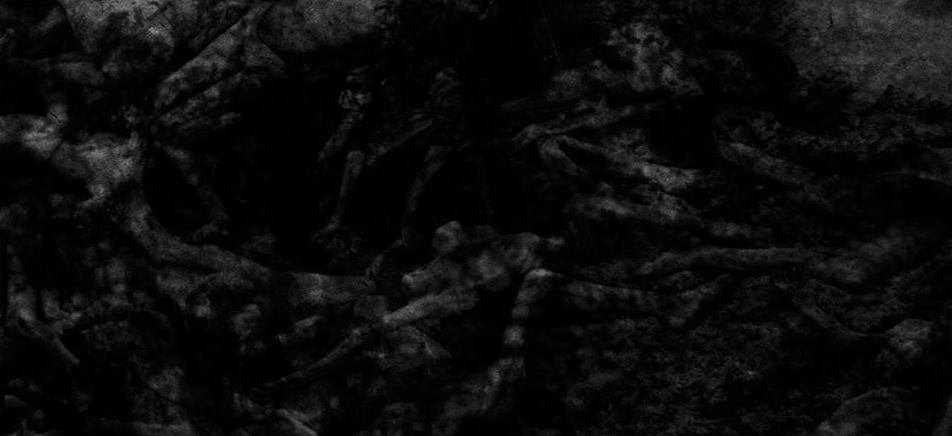

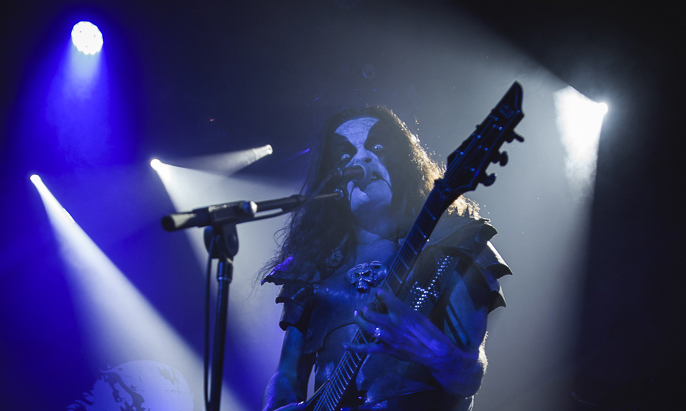

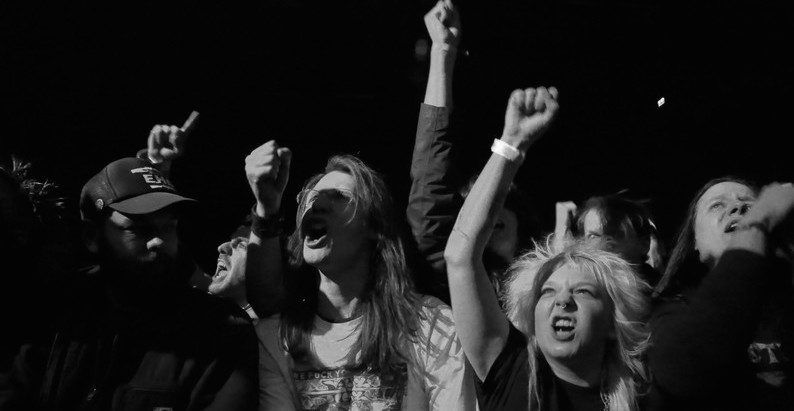
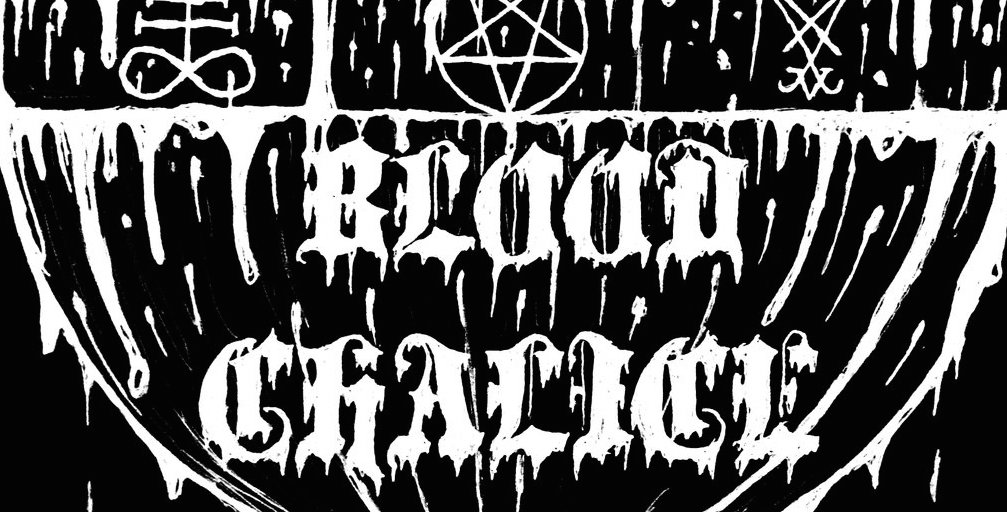
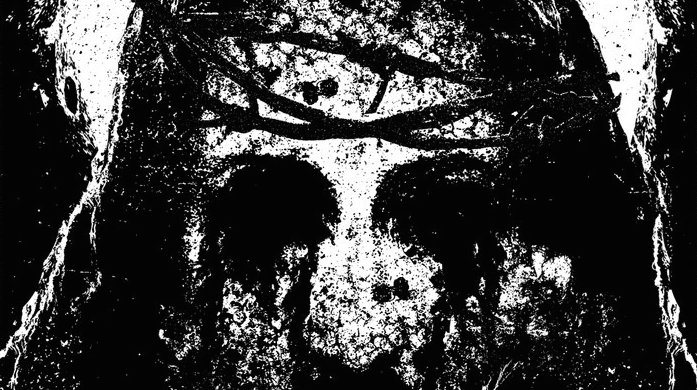
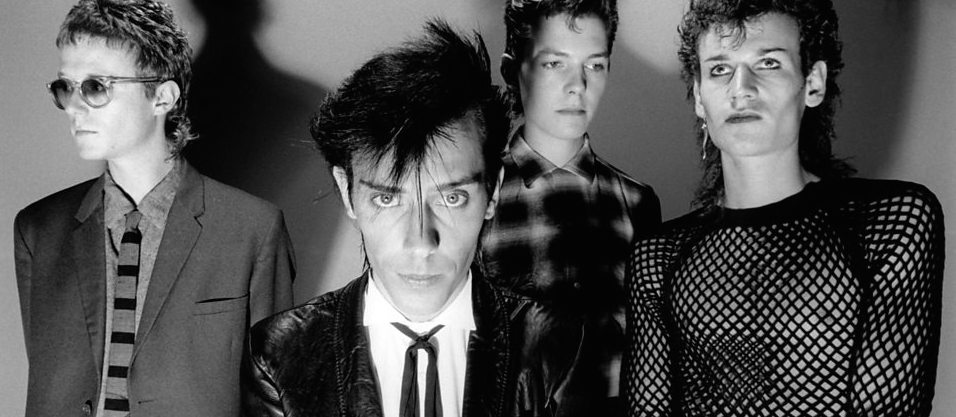



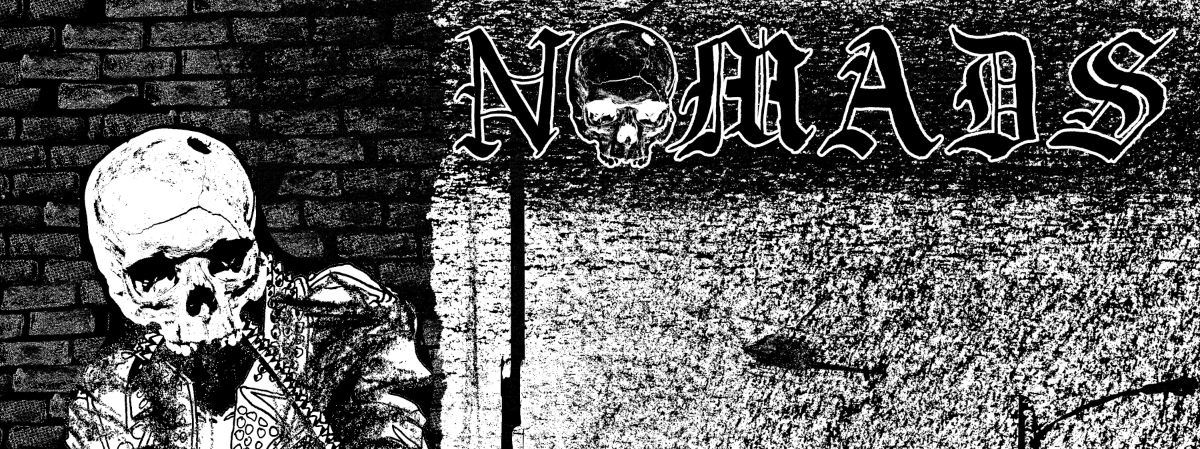
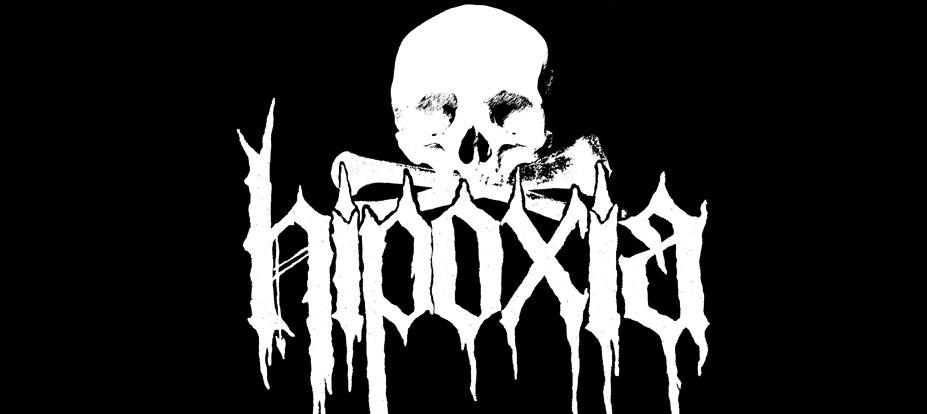
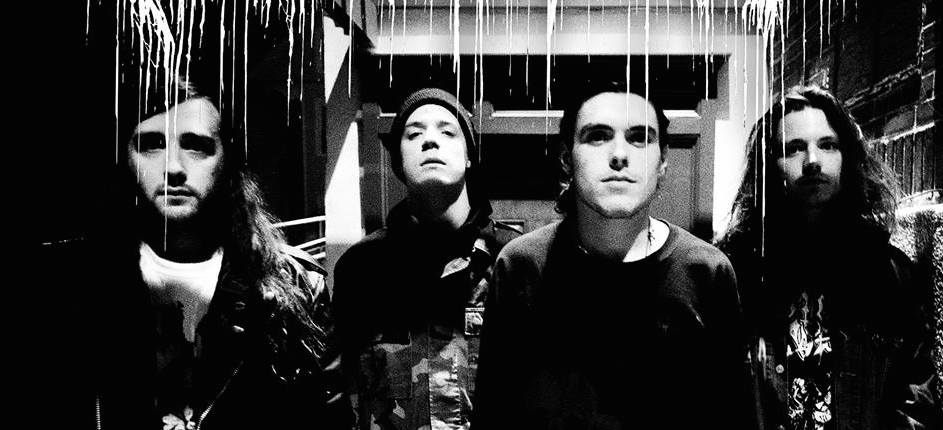
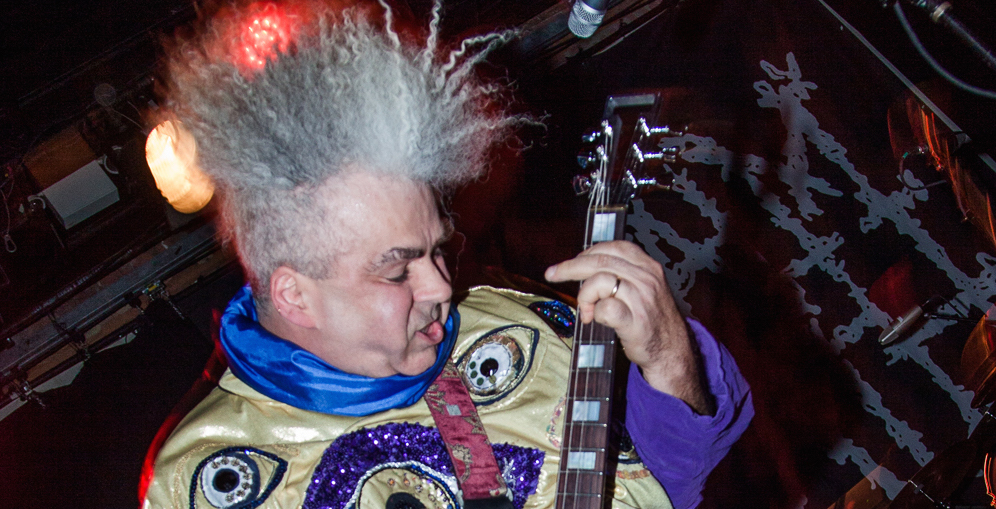

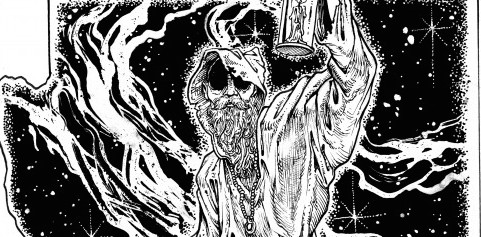
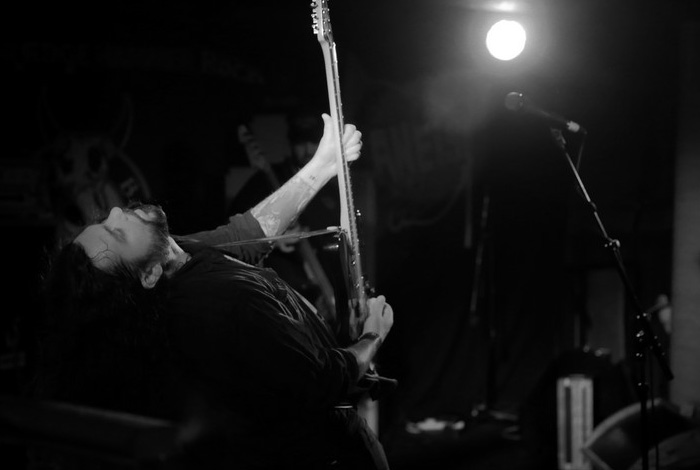
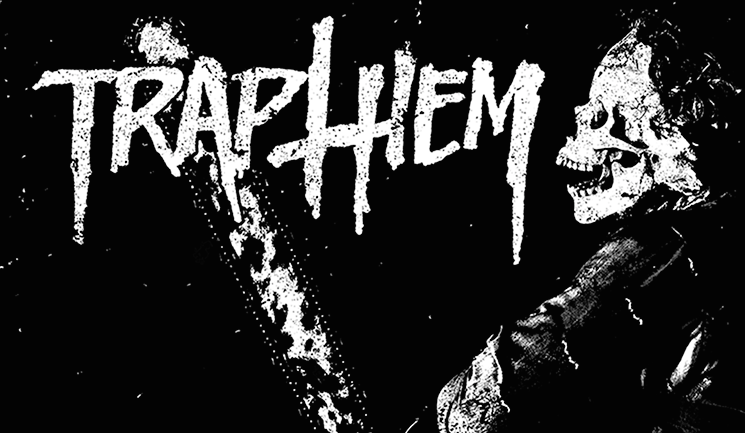

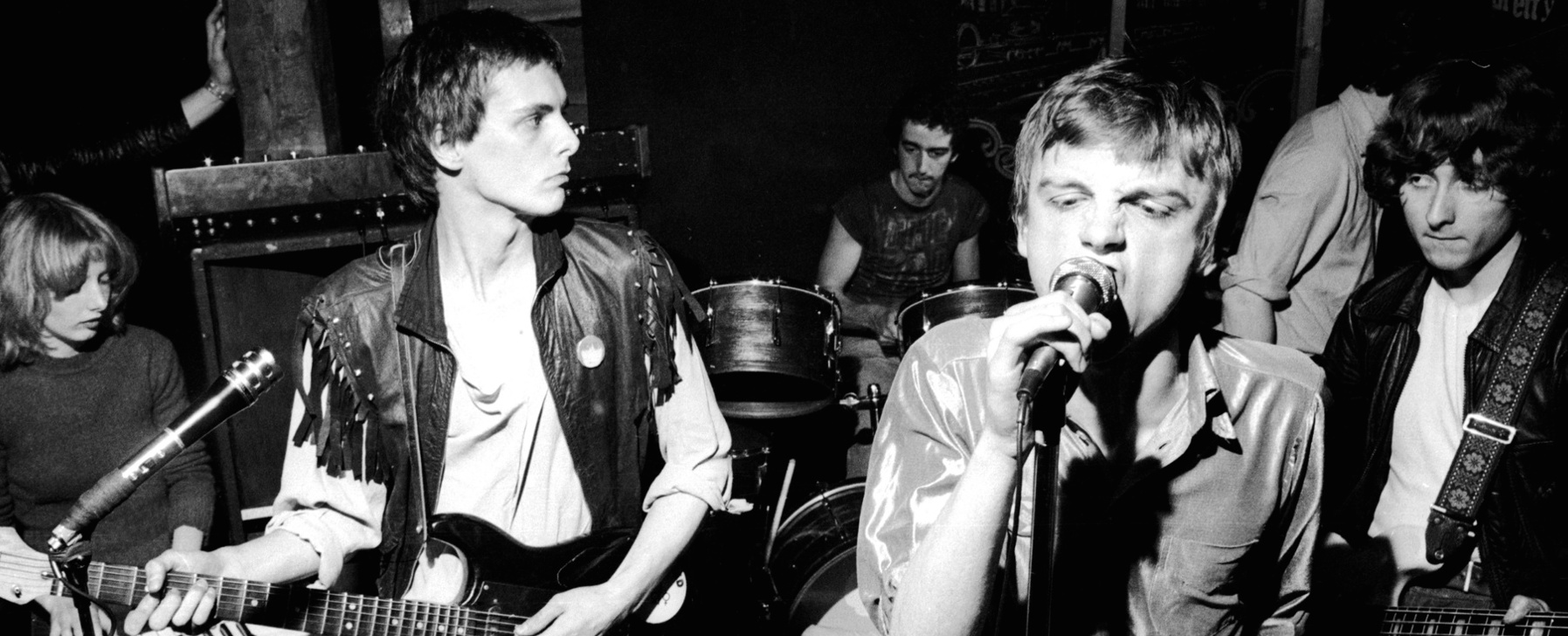
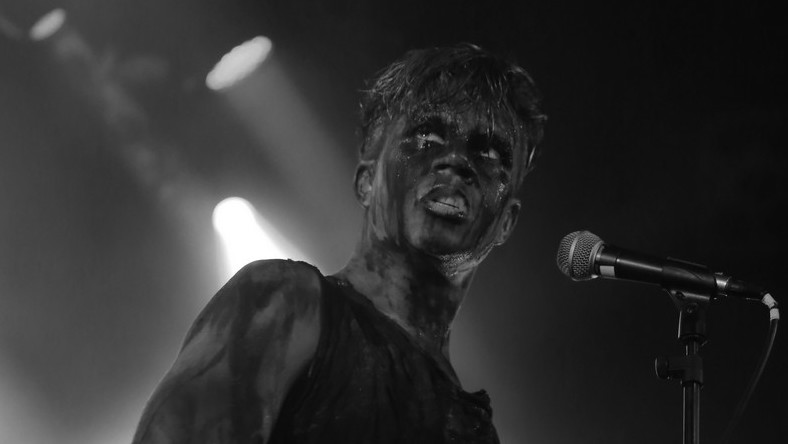
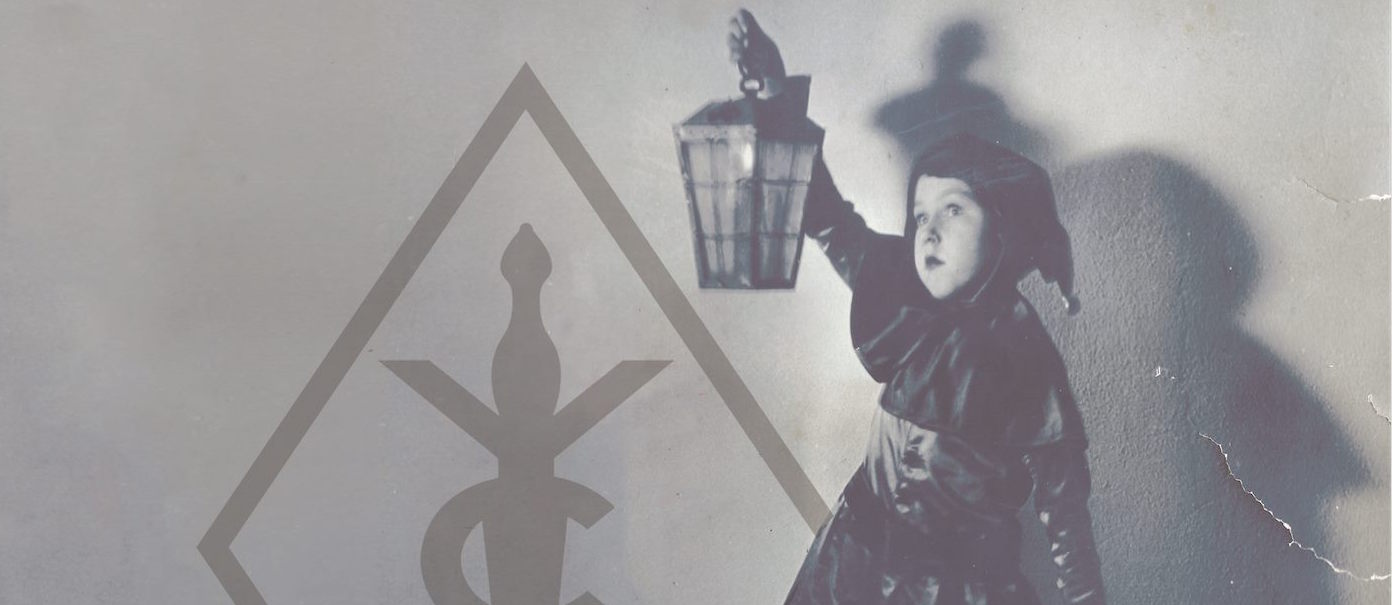

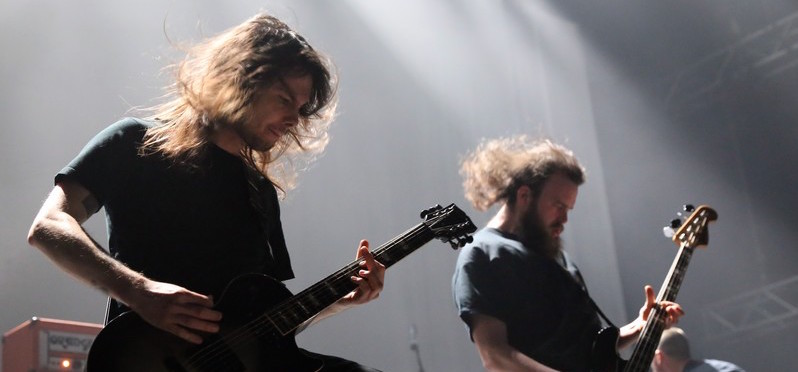

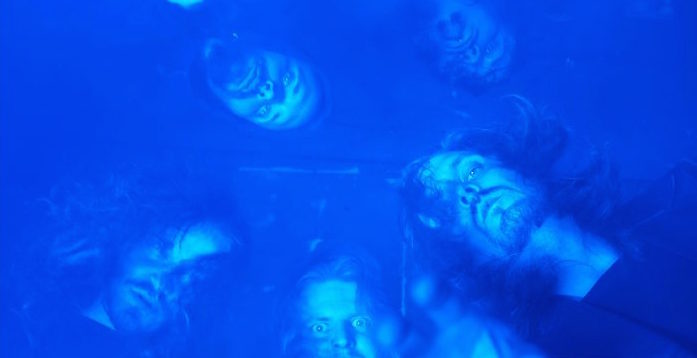
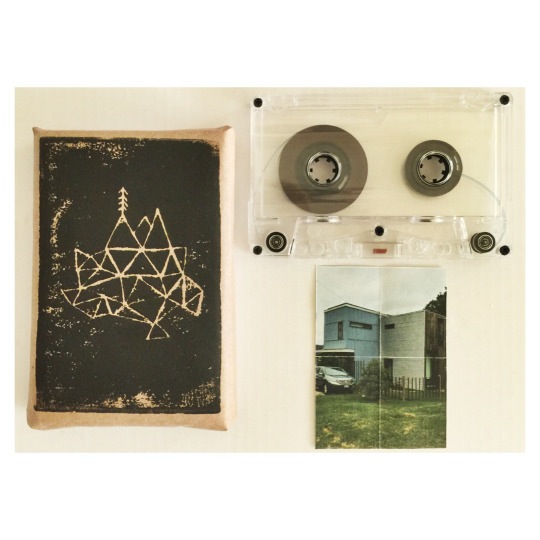
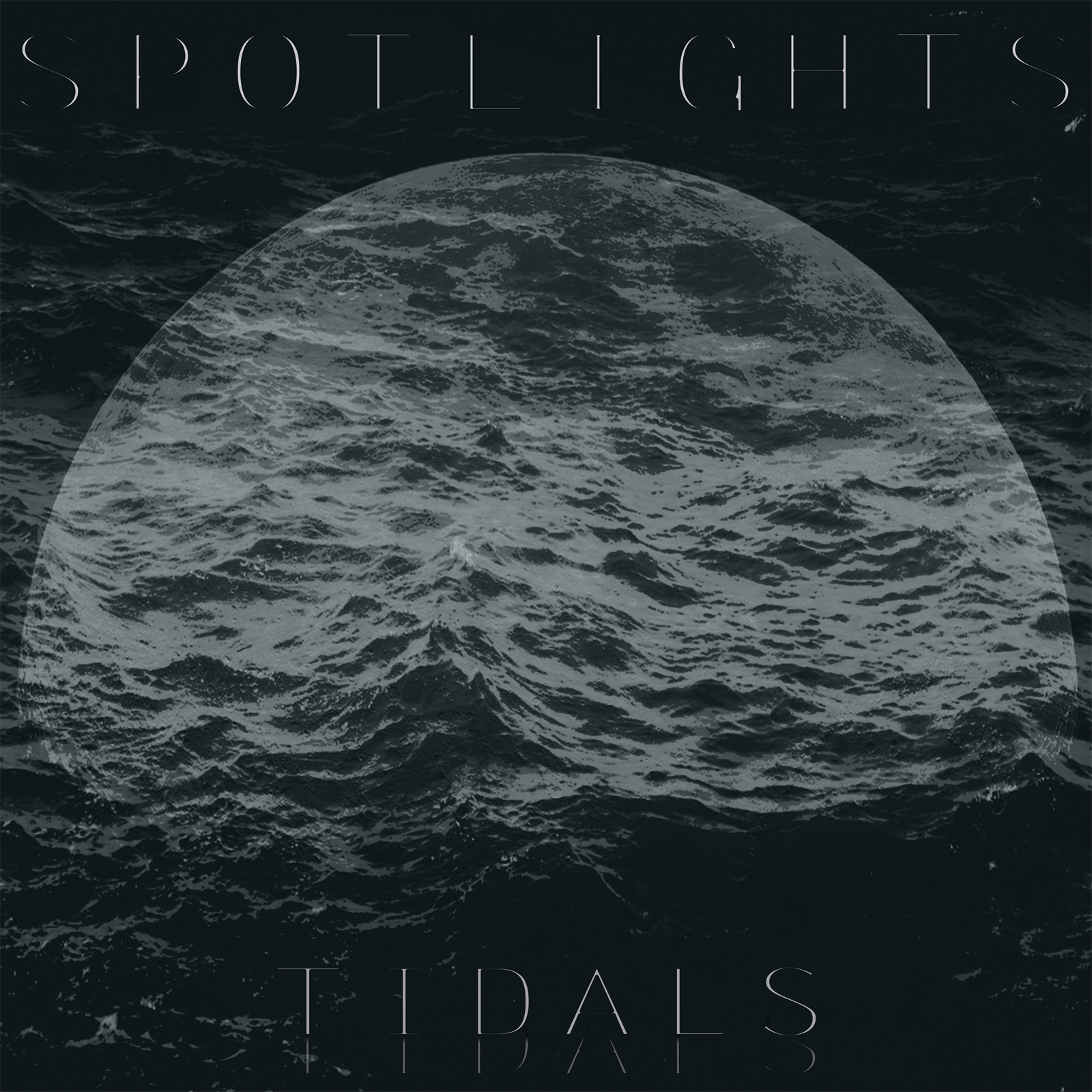
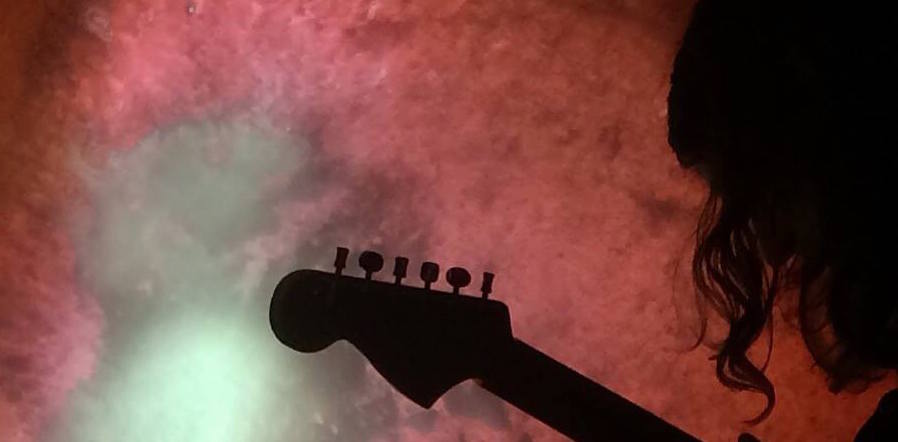

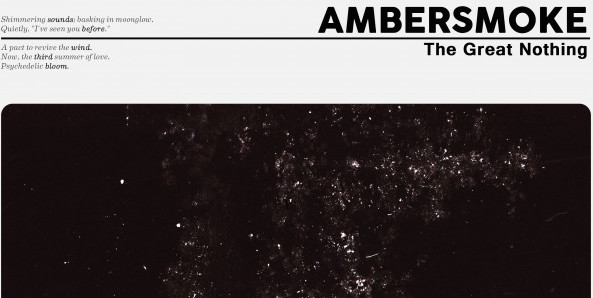
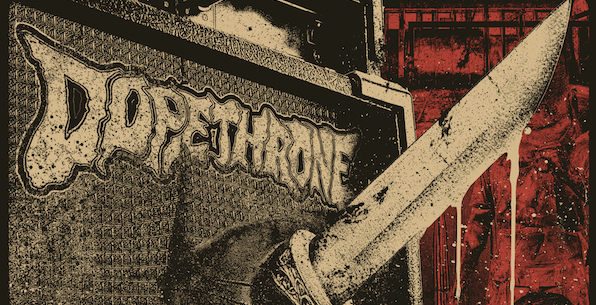


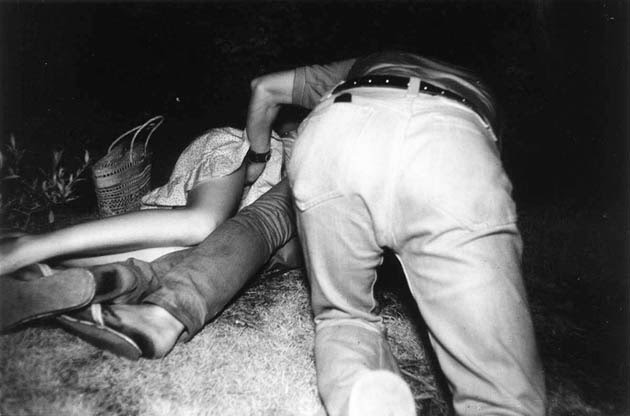
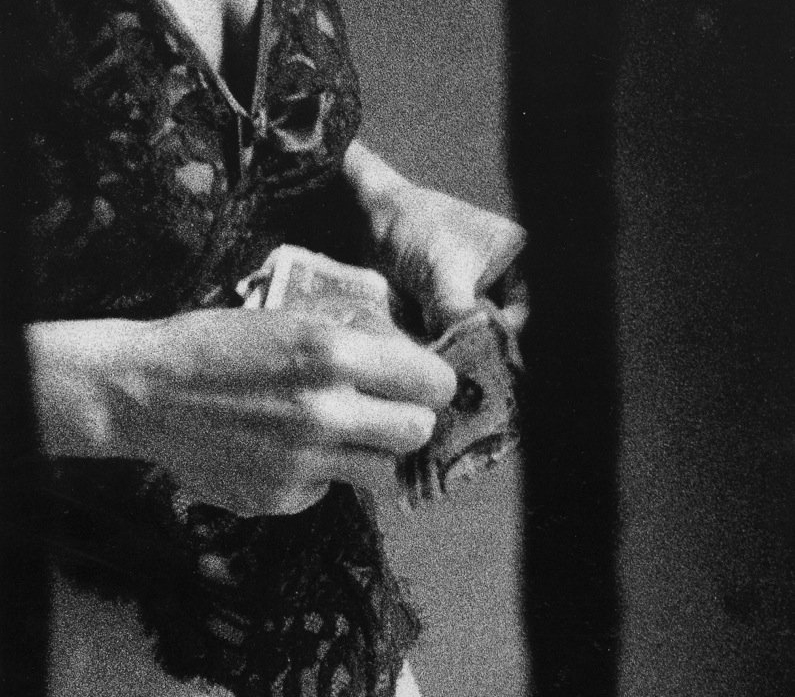
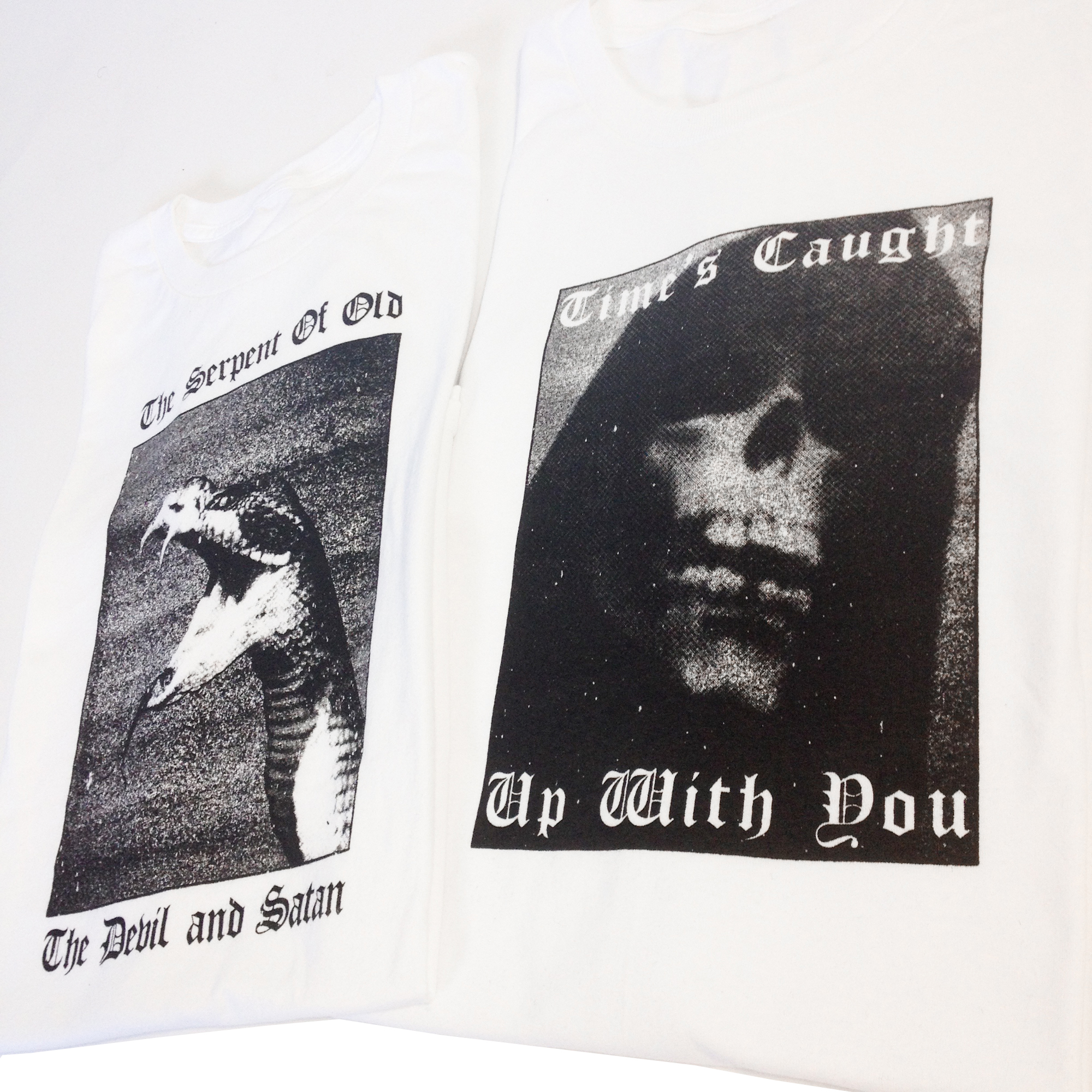
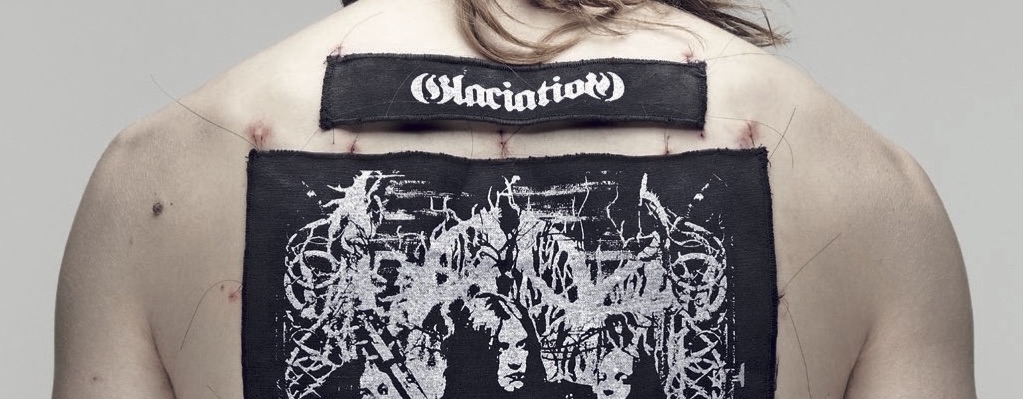

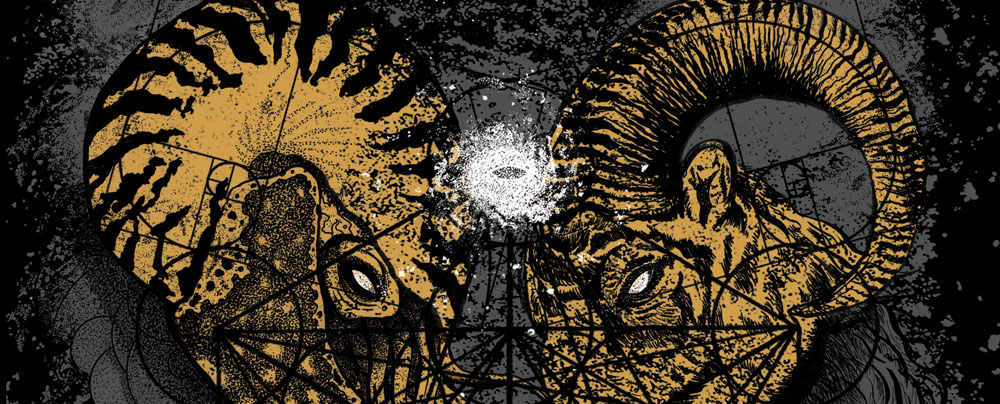

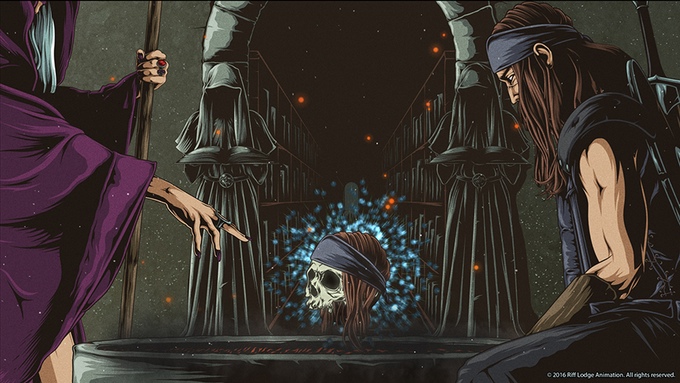
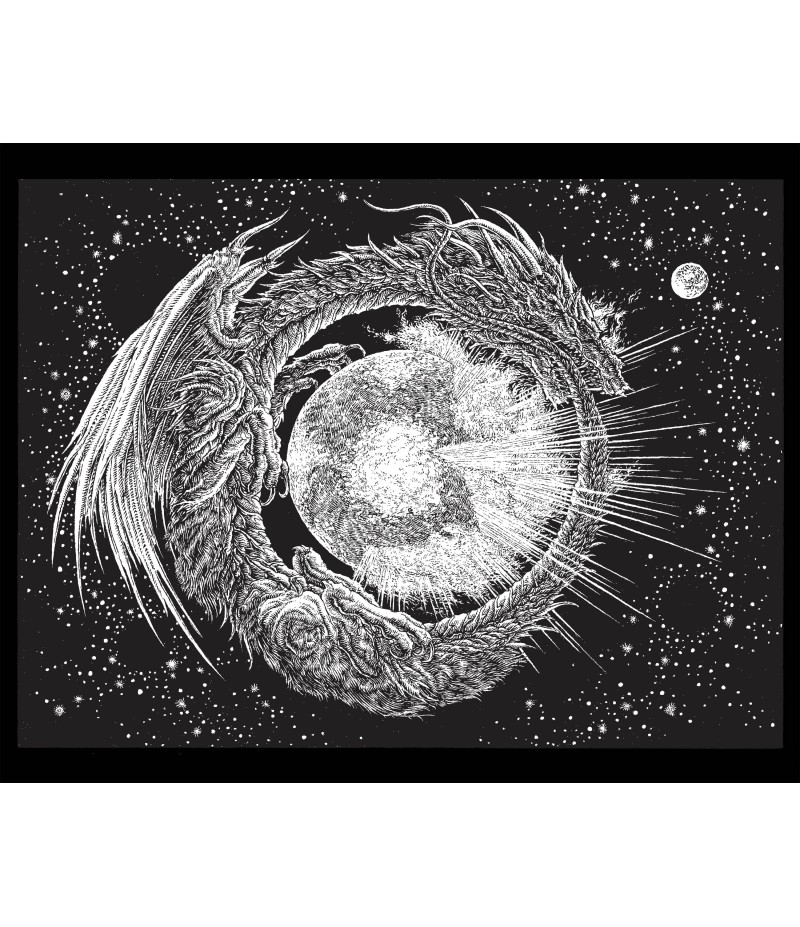
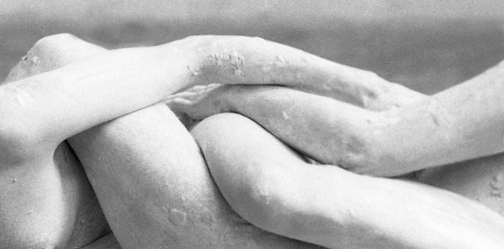
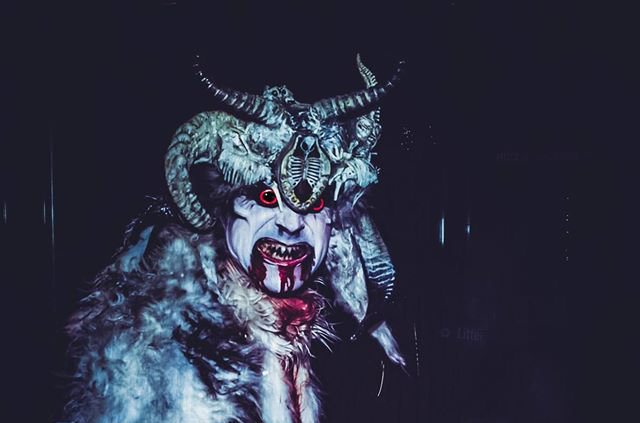
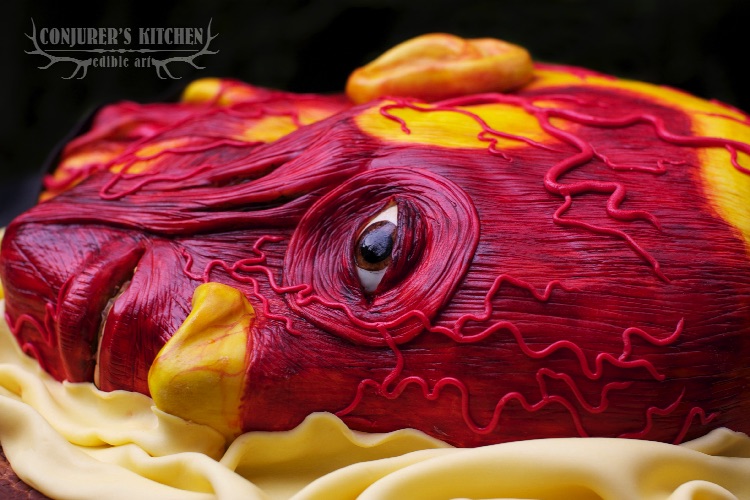
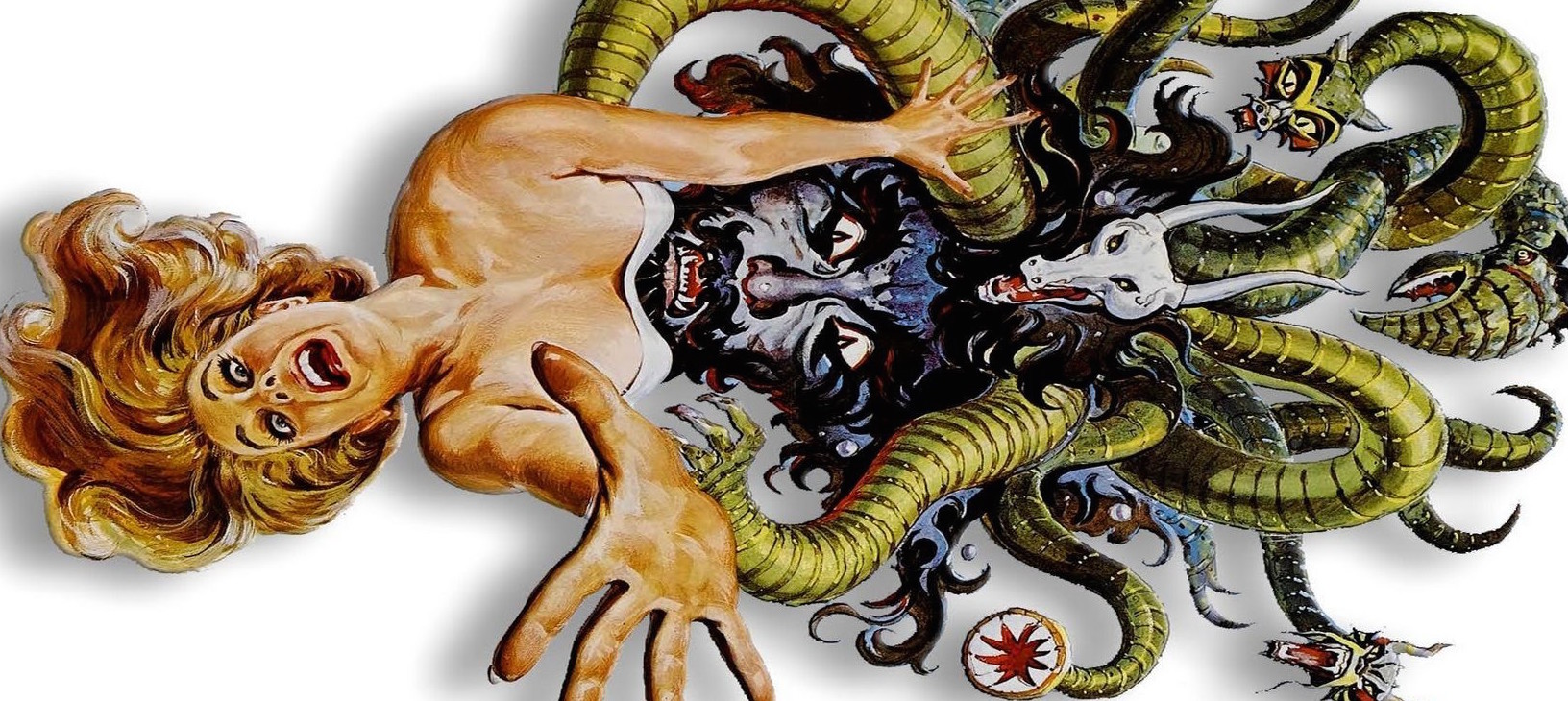

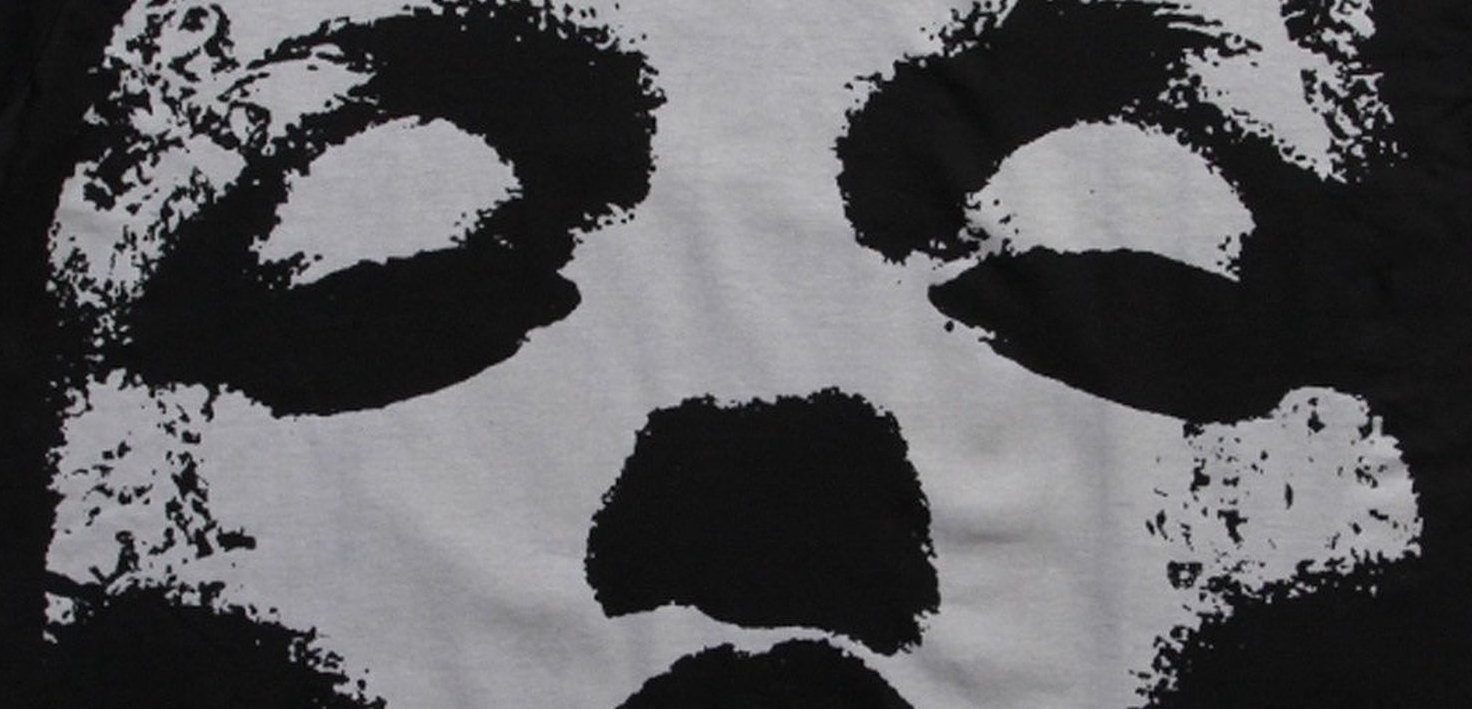
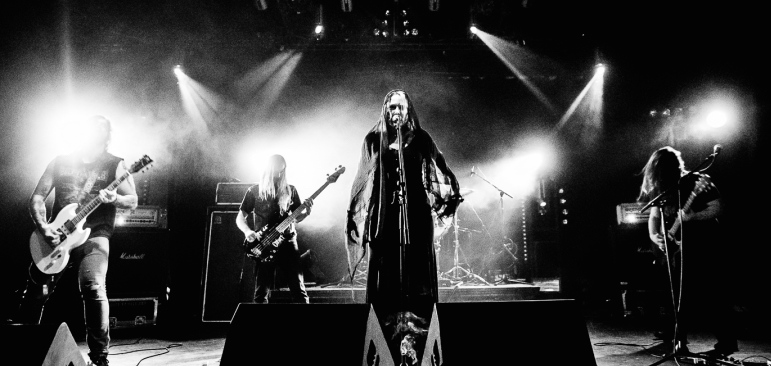
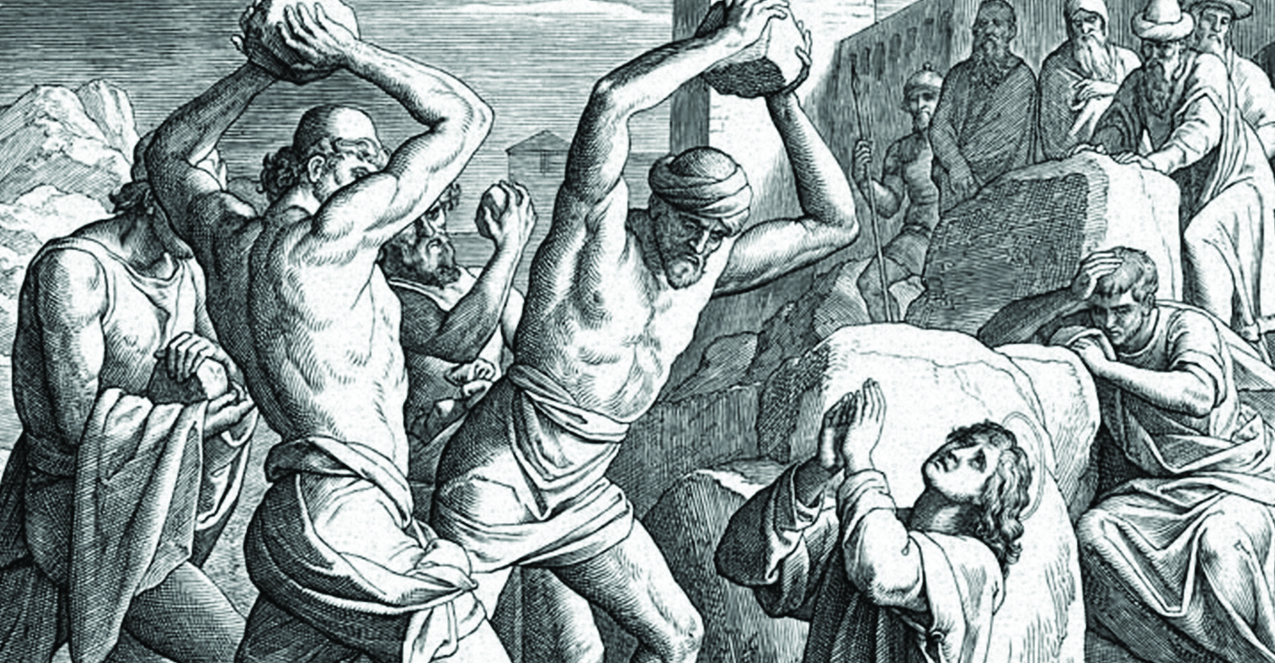
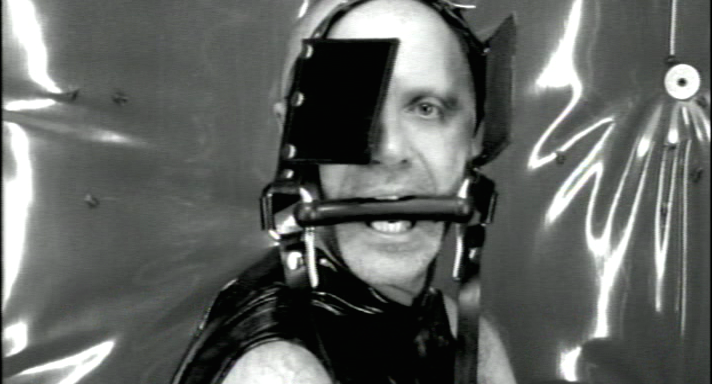

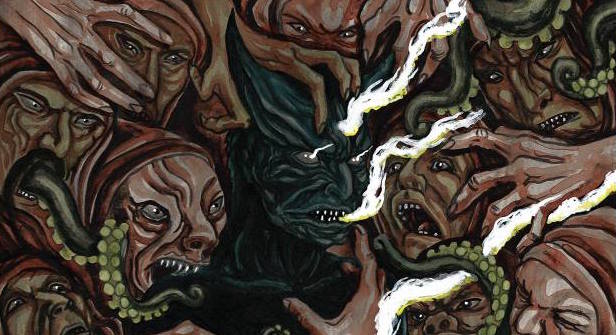
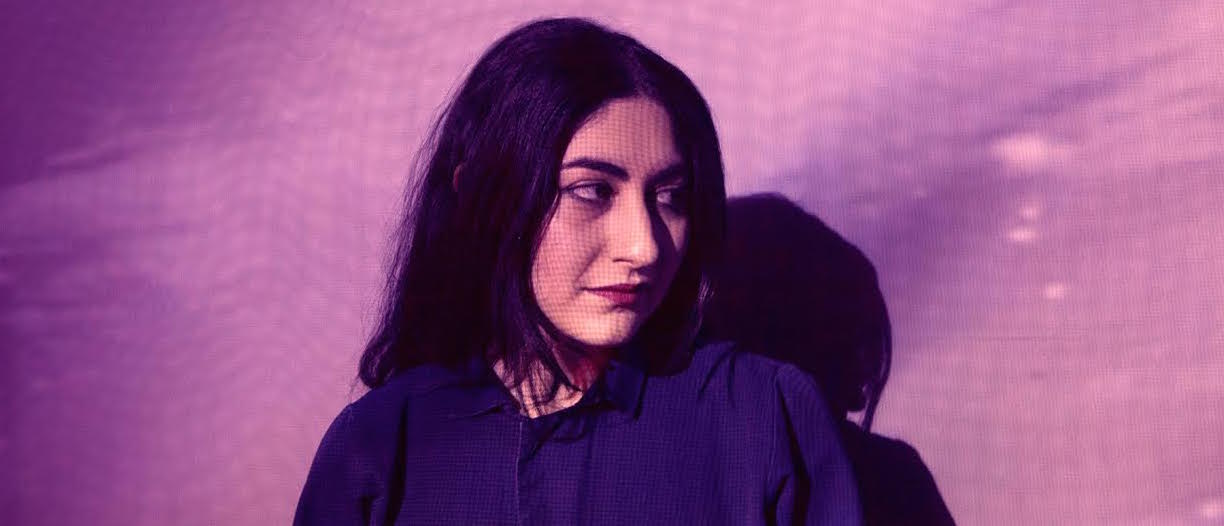
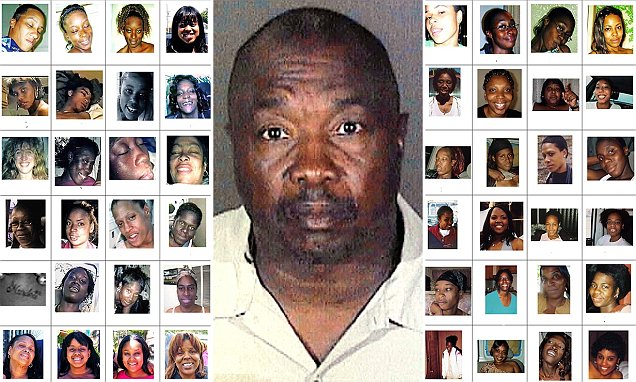

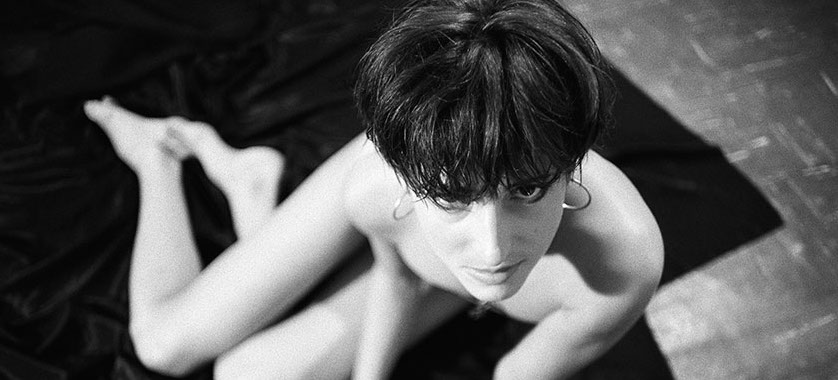

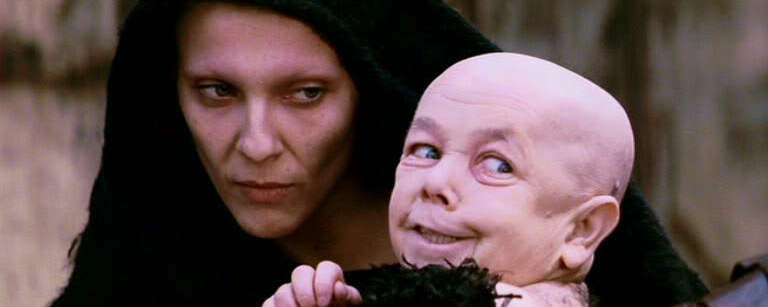


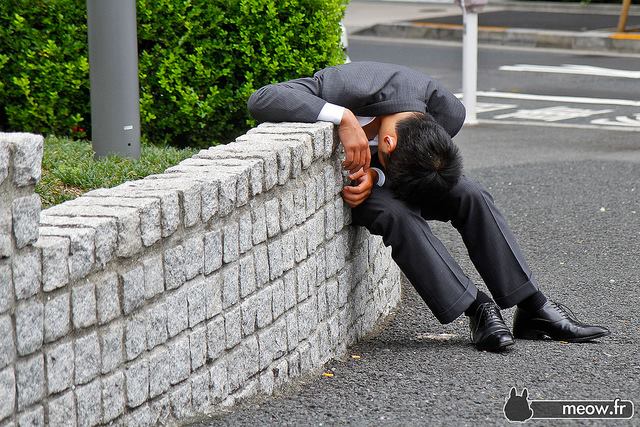



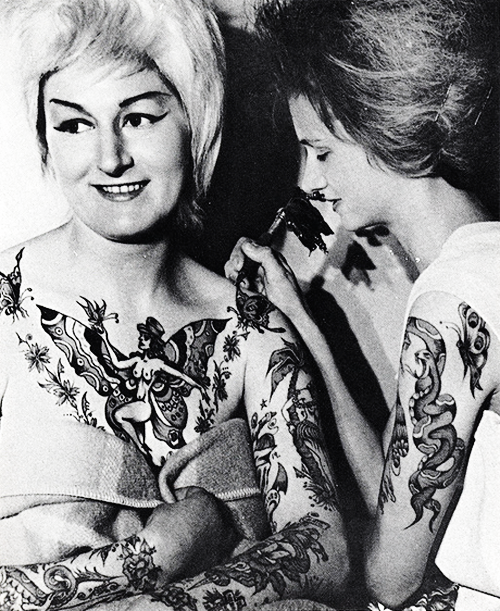

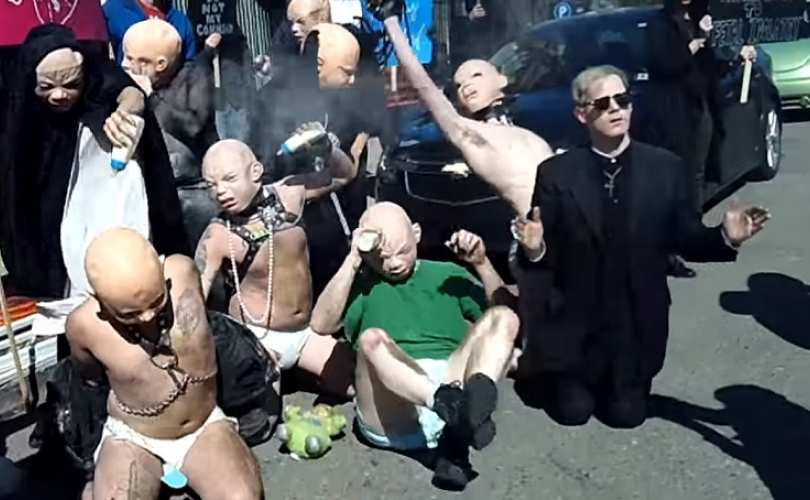






Matthew Arīmanius
July 30, 2015 at 3:00 am
Always been fascinated by folk Catholicism, good article.
Pelayo FiveNine
July 30, 2015 at 2:38 am
Easter in Spain is like that.
Shanti Magma
July 30, 2015 at 2:26 am
https://youtu.be/QLc88h-O6vM
Adatax Loryat
July 30, 2015 at 2:15 am
Objectification/contextualization per “cvlt” image at best
Adatax Loryat
July 30, 2015 at 2:13 am
Ironic, your only expose is of a contaminant sect
Elena Puch
July 30, 2015 at 1:52 am
Daniel Kynodontas yup
Luca Cozzarius
July 30, 2015 at 1:10 am
Very interesting stuff… there is something similar in Southern Italy. If interested check the documentaries of Ernesto De Martino… (in Italian but you might find subtitles online): http://www.raiscuola.rai.it/articoli/feste-e-culti-religiosi-nel-sud-ditalia/3638/default.aspx
Alejandro Gonzalez
July 30, 2015 at 1:02 am
It´s now !
http://www.publico.es/espana/procesion-vivos-ataudes-segunda-fiesta.html